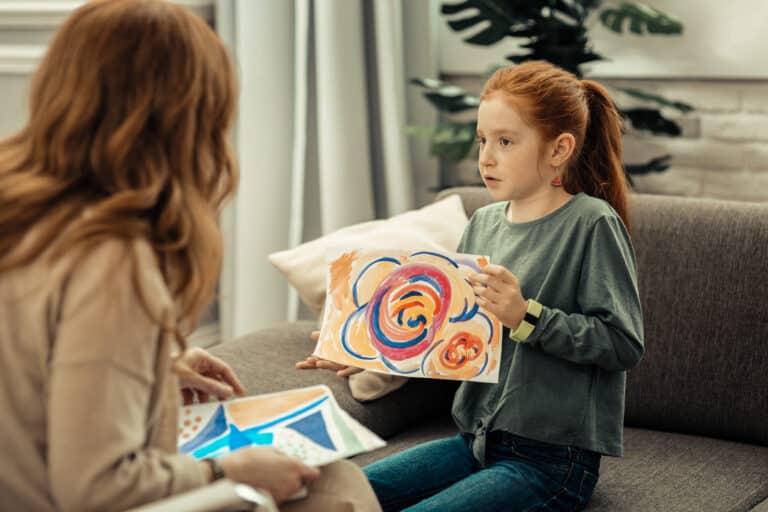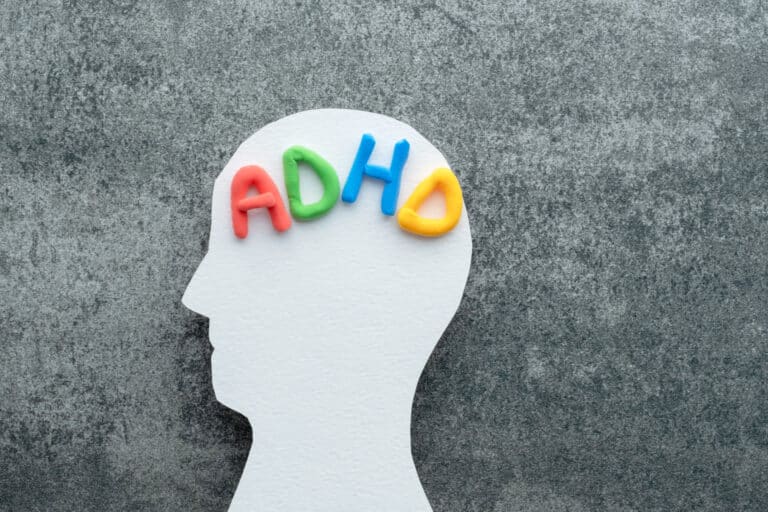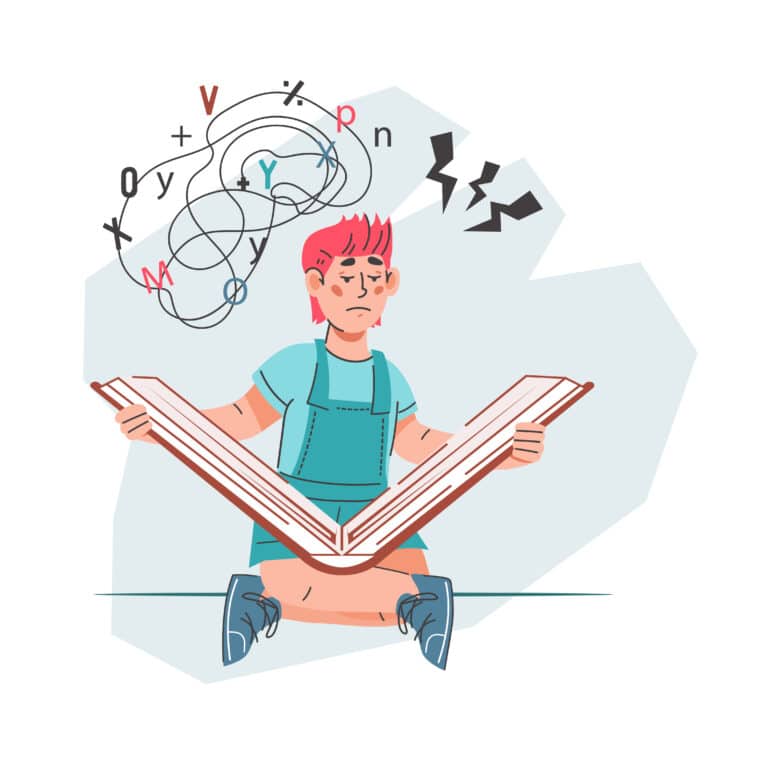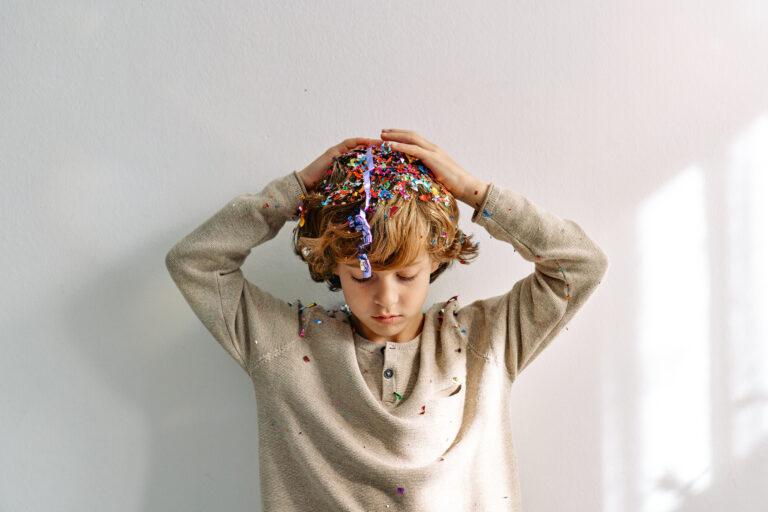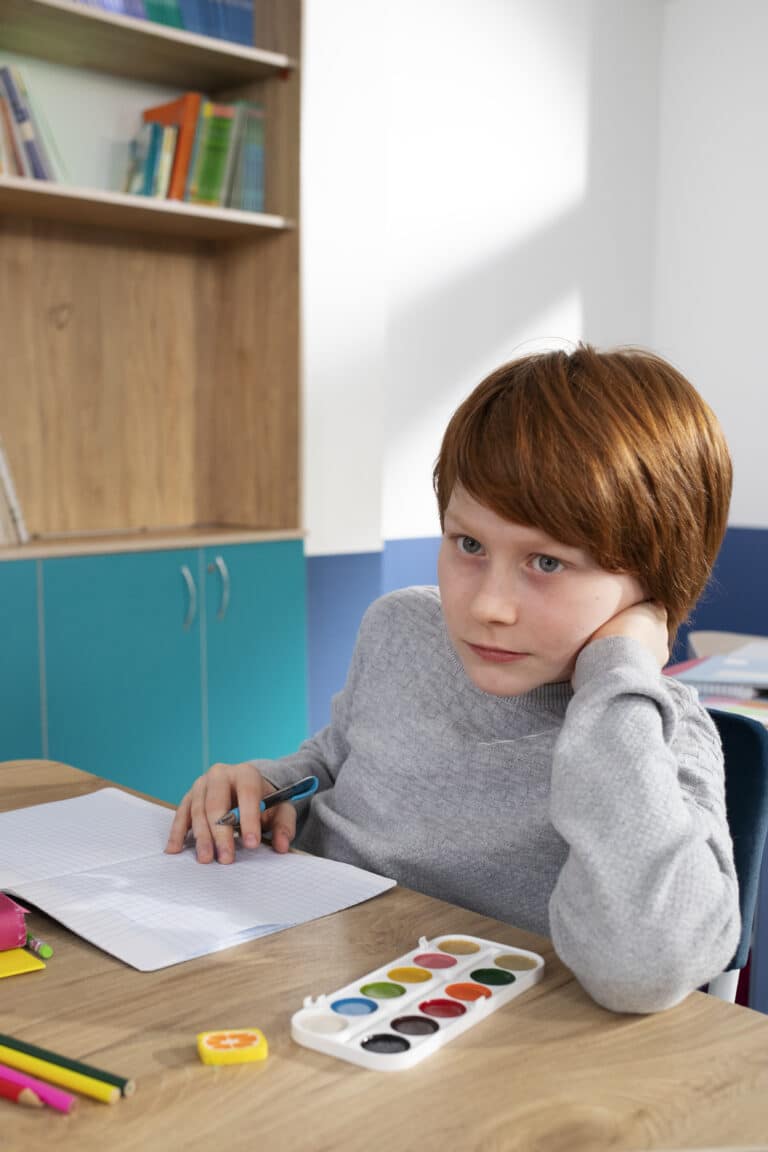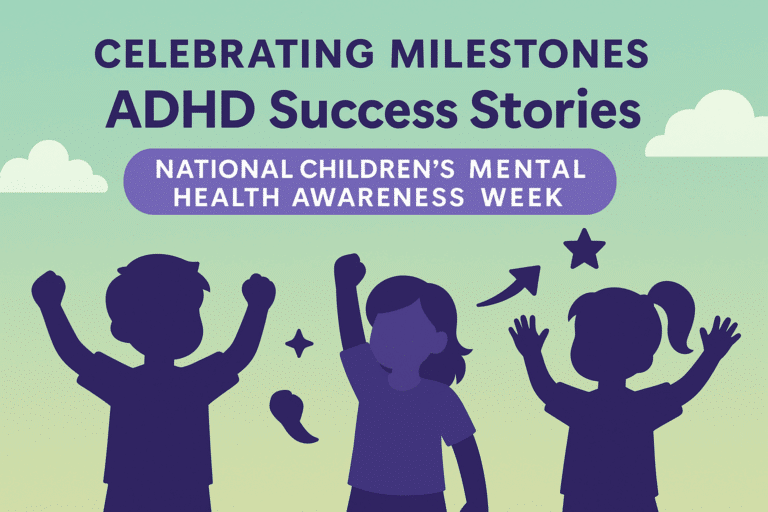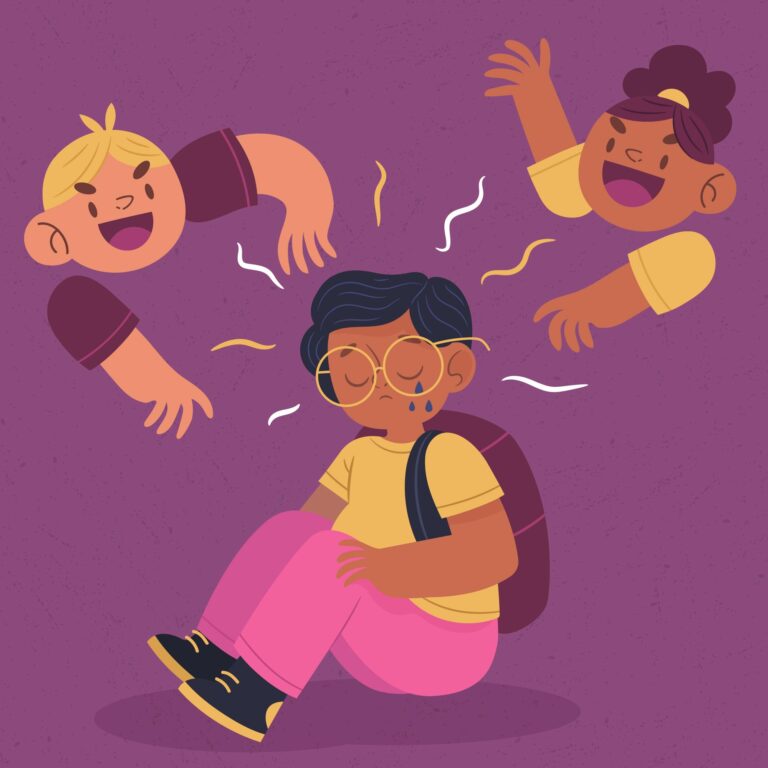The holiday season often brings a complex mix of emotions. It’s a time filled with reflection, busyness, connection, joy, and celebration. Yet, for many—and perhaps for most—it’s also a period marked by nostalgia, the ache of missing someone or something from the past, and the challenge of navigating loss, relational strain, or loneliness.
Amidst all the advice about surviving the holidays, it’s worth pausing to acknowledge something fundamental: the courage it takes to face this season head-on. Whether you are managing daily responsibilities, addressing difficult emotions, or navigating challenging circumstances, the effort you put forth deserves recognition. Choosing to keep moving forward, even when life feels heavy, is an achievement worth honoring.
That said, the demands of the season can make it difficult to check in with ourselves. Between the busyness and expectations, it’s easy to lose touch with how we are truly feeling. This disconnect can contribute to stress, emotional overwhelm, and a sense of disconnection. By taking time to reflect, process, and adjust, we can better navigate the emotional highs and lows that accompany this season.
Creating Space for Reflection
One way to reconnect with yourself is by intentionally creating small pauses in your day. These moments of reflection can be transformative in a season that often feels rushed.
For example, take a moment now to pause. Look around you. Are you sitting at your desk, scrolling on your phone, waiting in line, or preparing a meal? Whatever you are doing, stop briefly and observe your surroundings. What thoughts came to mind? How did you react to them?
This simple act of reflection—of noticing your thoughts and considering how they influence your emotions and actions—is aligned with what we, as psychologists, call mentalizing. This process involves becoming aware of your own mental state and understanding its impact on your behavior and relationships.
Perhaps, during your pause, you became aware of the tasks ahead or the emotions tied to the holidays. Alternatively, you may have been able to clear your mind briefly and focus on your surroundings. Both experiences are meaningful. Reflection allows us to make sense of what we are feeling and why, which is a critical step in managing emotional stress.
Addressing Holiday Stress
One of the largest contributors to holiday stress is the sheer number of tasks and expectations packed into a short period. Without intentional pauses, unaddressed emotions tend to surface in unexpected ways—perhaps as irritation with a partner, fleeting frustration with a child, or excessive worry over something small. Suppressed emotions don’t disappear; they linger and manifest in ways that may feel disproportionate.
Some common holiday stressors include:
- Financial Concerns: Managing the cost of gifts, travel, or gatherings.
- Family Dynamics: Navigating tense or estranged relationships.
- Time Management: Balancing work, personal needs, and holiday obligations.
- Unfinished Projects: Facing the pressure to complete tasks before the year ends.
- Academic Stress: For students, final exams and deadlines add to the workload.
- Relational Strain: Managing complexities in personal relationships.
- Grief and Loss: Missing loved ones or reflecting on significant changes.
Taking time to reflect on these stressors is the first step in addressing them with intention and care.
Strategies for Managing Emotional Stress
Writing as a Tool for Clarity
You may not be able to stop difficult thoughts from surfacing, but you can process them in ways that feel more manageable. One effective tool is writing. This doesn’t need to be a formal journaling session—it can be as simple as jotting down what’s on your mind.
As you write, ask yourself: Are there actions I can take to address these worries? Naming your concerns and identifying next steps can reduce their emotional weight. Ignoring them often exacerbates the tension, while acknowledging them creates space for relief.
Recognizing Patterns
As you review your reflections, you may notice patterns in your thoughts.
- Perfectionism: Striving to meet unrealistic standards, especially during the holidays, is common. Social media often amplifies this pressure, encouraging us to present a curated, flawless version of our lives. Challenge yourself to let go of these expectations. Focus on being present rather than perfect. For instance, I once spent hours preparing a bolognese for friends, only to burn the sauce because I was distracted by other holiday worries. My friends graciously enjoyed the meal regardless. This experience reminded me that the world doesn’t end because of mistakes. Perfection isn’t a prerequisite for connection or joy.
- Guilt and Shame: Guilt arises when we feel we’ve done something wrong, while shame involves the belief that we, ourselves, are wrong. These emotions are often linked to the pressure to meet others’ expectations. Recognizing and questioning the source of these feelings can be transformative. Ask yourself: Whose expectations am I trying to meet, and are they still relevant?
Navigating Grief During the Holidays
The holidays often heighten feelings of grief and loss. In psychological terms, grief can manifest in two ways: mourning, an outward process of acknowledging and feeling the pain of loss, which allows for eventual healing and reinvestment in life, and melancholia, a more internalized process where the loss becomes entangled with one’s sense of self, often leading to sadness or depression.
If you’re grieving this season, allow yourself to honor that pain. Redirect your sorrow into something meaningful—write a letter to your loved one, share a story about them, or carry on a cherished tradition. Dwelling on your grief without fear can help you process it instead of avoiding it. Reflection—whether through therapy or personal exploration—allows you to work through difficult emotions and move forward with greater clarity and connection.
Finding Meaning in Imperfection
The holidays can be a mix of chaos and calm, joy and sadness, reflection and anticipation. These complexities are part of what makes this time of year meaningful. Rather than chasing perfection or avoiding difficult emotions, lean into the moment—however messy it may feel.
At Pathformers, we aim to support you in embracing these complexities with compassion and insight. Through reflection, connection, and practical strategies, you can navigate the season’s challenges and uncover its moments of joy.
Even when the holidays feel overwhelming, remember: meaning comes not from perfection but from presence. By allowing yourself to be fully present, you may discover that the season, with all its highs and lows, offers more opportunities for connection and renewal than you imagined.





